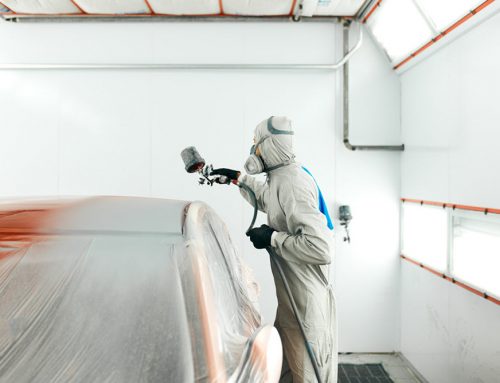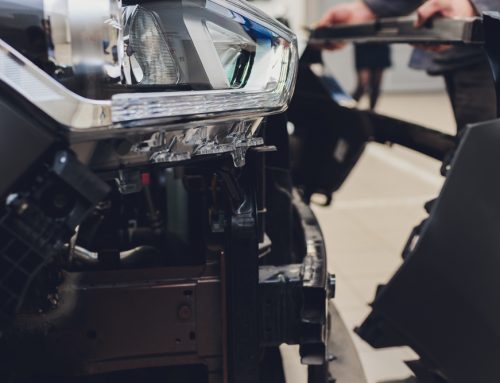A repair appointment is given to a customer. This simple act happens a thousand times a day across Canada.
What the customer doesn’t see is the thinking behind deciding on the repair start date. Ideally, it would be the date when the customer drops off their vehicle, or the day before if they can’t come early in the morning. But this decision is not as simple as one might think.
This probably explains why a hundred times a day in Canada, these decisions are made blindly and on the spur of the moment and ultimately hinder the health of collision shops. Often, we think that worst-case scenario, we’ll call the client to reschedule their appointment.
Yet, choosing the best time to schedule an appointment to receive your customer’s vehicle and for repairs is a mainstay of your collision shop. It’s about managing your inputs.
So, every time someone makes a repair appointment blindly, they need to hear a porcelain piggy bank breaking in their head as a reminder that they are most likely losing money.
We lose money because we rent a car or loan a courtesy car for longer than expected. Or we lose money because we keep parts in our inventory longer than necessary. Then, if we postpone the client’s appointment to avoid these surcharges, we could assume that we are creating a situation where the customer is annoyed and frustrated. From the insurer’s point of view, if this is repeated, the performance indicators (KPIs) in their reports will not meet their expectations.
A collision shop that is unable to make the right repair appointments has serious symptoms of a non-performing workshop. If this is your case, your piggy bank is more than broken, you are probably losing more money than you dare admit. This needs to be fixed.
What is the best repair appointment?
To set the best repair appointment, you must first understand what it is.
It’s an appointment that optimizes your resources. It’s the moment when your shop is at its best to take on a specific repair. You know you’ll have the space, the technicians, and the parts to start and finish that repair, ideally without interruption.
If you are an elite organizer, you are even aware that the repair job you take on today will optimize tomorrow’s paint work.
A vehicle drop-off appointment is very close to the actual repair start time at the shop. It is calculated in hours, not in days.
The repairs for two consecutively scheduled appointments will not necessarily take place at the same time the following week, there could be a week between the two. Each repair is different, so the time to receive the vehicles will necessarily be different even if the appointments are made at almost the same time.
For this appointment, you don’t need to consult an astrologist and a process engineer to make the right decision. The decision is easy to make, it is accurate and at the service of your performance.
How to make the best repair appointment?
First, you need to know your efficiency. Getting this information wrong could make your work-in-progress (WIP) more cumbersome or lengthen your key-to-key cycle time, and as we know, insurance partners love short key-to-key cycle times. So, knowing your actual efficiency is important information for good performance in the workshop. It will allow you to gauge your work rate and it will be the key to setting better repair appointments.
A scheduling tool such as ProgiPlanning is also needed to access simple visual indicators to schedule repair appointments at the right time. Thus equipped, customer service agents can set excellent repair appointments without even consulting their team because ProgiPlanning gathers all relevant indicators to empower them in their decision-making. It literally becomes your communication centre for planning work and optimizing your capacity.
Author: Alexandre Rocheleau
Collaboration: Charles Aubry
Revision: Sophie Larocque
Editing: Émilie Blanchette
See Rule No. 1: Setting Objective
See Rule No. 2: Communicating objectives
See Rule No. 3: Maintain and Analyze
See Rule No. 4: Don’t Overload the Workshop





